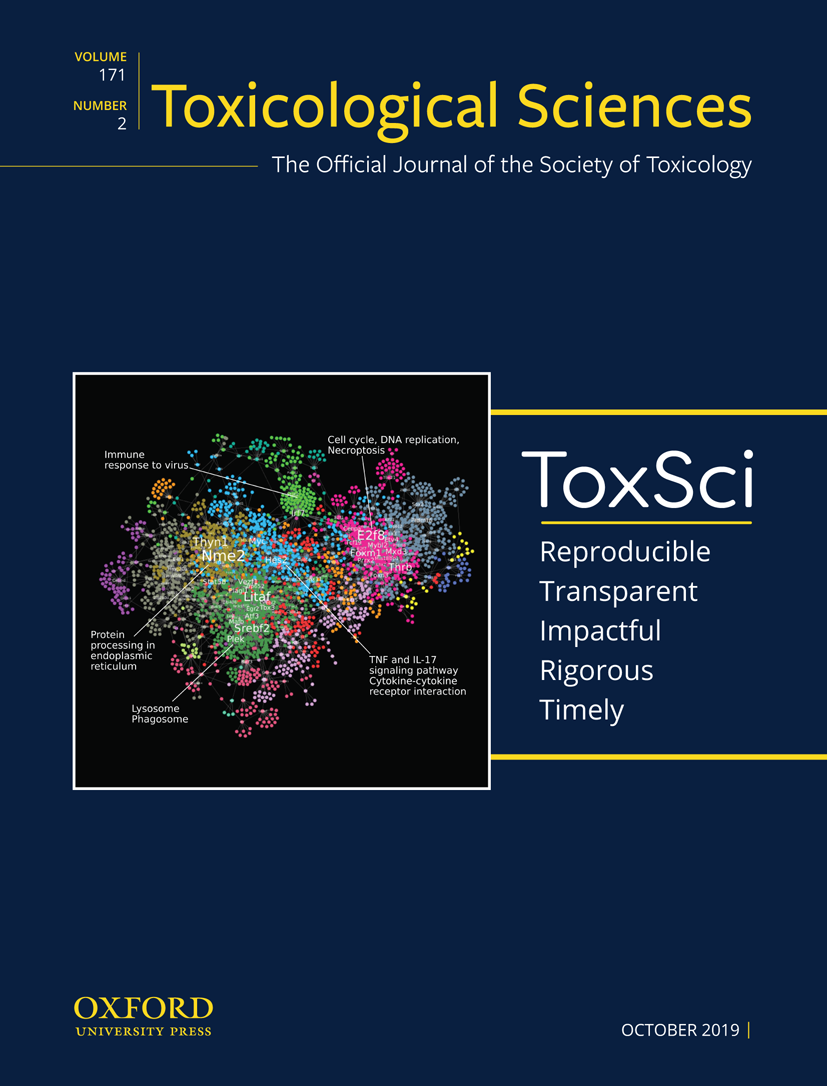CORDIS report on SmartNanoTox
The European Commision have published a brief report on the SmartNanoTox project, focusing on the recent results on the prediction of lung inflammation as reported in Advanced Materials. The report can be accessed via the CORDIS website.
Advanced Materials frontispiece poster
SmartNanoTox consortium proposed a mechanism-aware approach to assessment of nanomaterial toxicity based on the detailed understanding of all key interactions between the nanomaterial and the organism from the initial contact to the adverse outcome. The recent publication in Advanced Materials journal illustrates this novel approach in action. Using high resolution imaging, omics, pathway analysis, and computer simulations the team has identified of a vicious cycle of nanomaterials uptake, excretion and quarantining by different cell types in the lung can result in chronic lung inflammation.
The paper is outstanding in many aspects. It accumulates a tremendous research effort invested by the project team over four years. The interdisciplinary team lead by Tilen Koklič and Janez Štrancar of Jozef Stefan Institute (Ljubljana) and Tobias Stoeger Helmholtz Zentrum (Munich) includes biologists, toxicologists, chemists, physicists, materials scientists form 8 labs across Europe, China and Canada. The associated in vivo, in vitro and in silico data are presented in over 180 figures, 42 videos and 12 tables. Based on the collected results, in accordance with the SmartNanoTox assessment paradigm, the chronic adverse outcome can be predicted for new nanomaterials without a need for in vivo animal exposure experiment but with only in vitro tests and computational modelling. This demonstration of power of the mechanistic approach to toxicology opens new perspectives in animal-free materials testing and implementation of safety-by-design approach in nanotechnology.
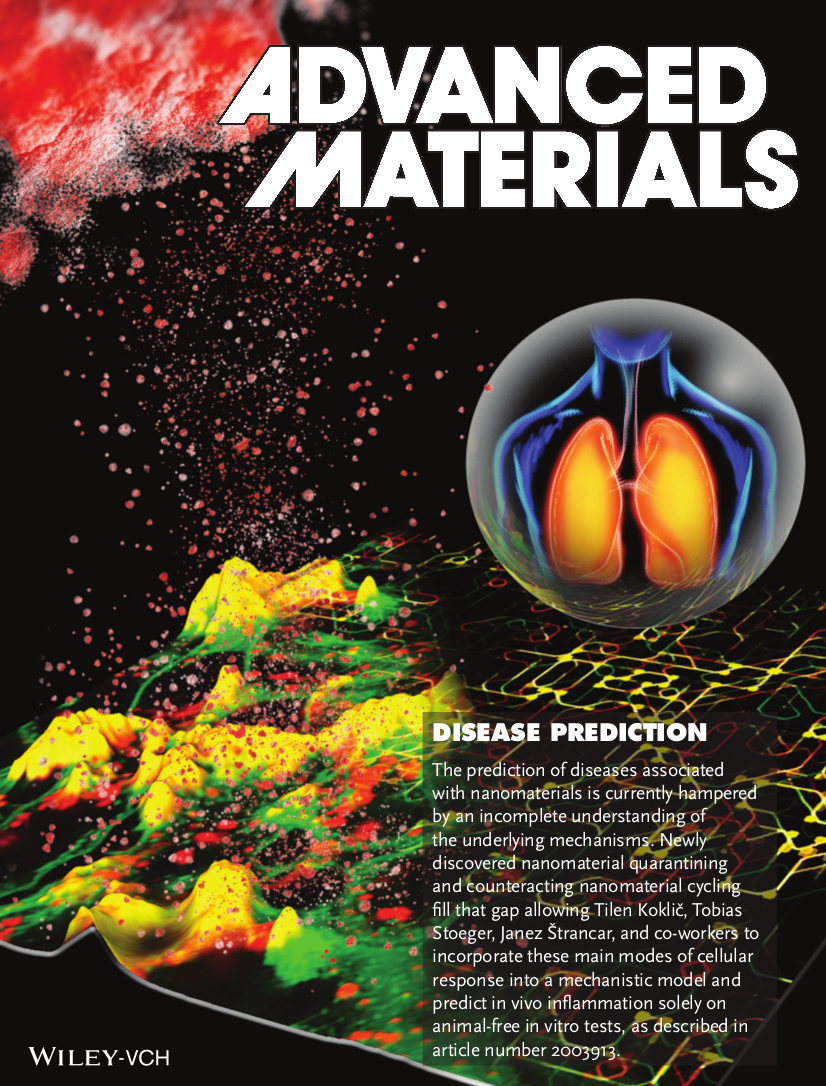
SmartNanoTox: Advancing commercial development of safe nanomaterials webinar, 30 September 2020
Agenda
- Introduction to SmartNanoTox: Vladimir Lobaskin, University College Dublin
- Smart in vitro exposure systems for exposure of lung cells at the air/liquid interface: Tobias Krebs, Vitrocell
- Prediction of NM toxicity from intelligent quantitative structure activity relationships (iQSAR): Marc Meunier, Dassault Systems
- NM induced acute toxicity, the proposed AOP and the lung surfactant function assay: Jorid Birkelund, NRCWE
SmartNanoTox consortium co-sponsored and facilitated a production of Community Statement and a Roadmap for the use of AOPs for regulation of safety of nanomaterials
The recent paper published in Nanomaterials reports on the workshop of OECD Nano AOP Working Group, Vireo Advisors, SmartNanoTox and Patrols H2020 projects held on September 11 2020, outlines the discussions at the workshop and proposals of experts on the promotion and implementation of AOP-based toxicity assessment for nanomaterials.
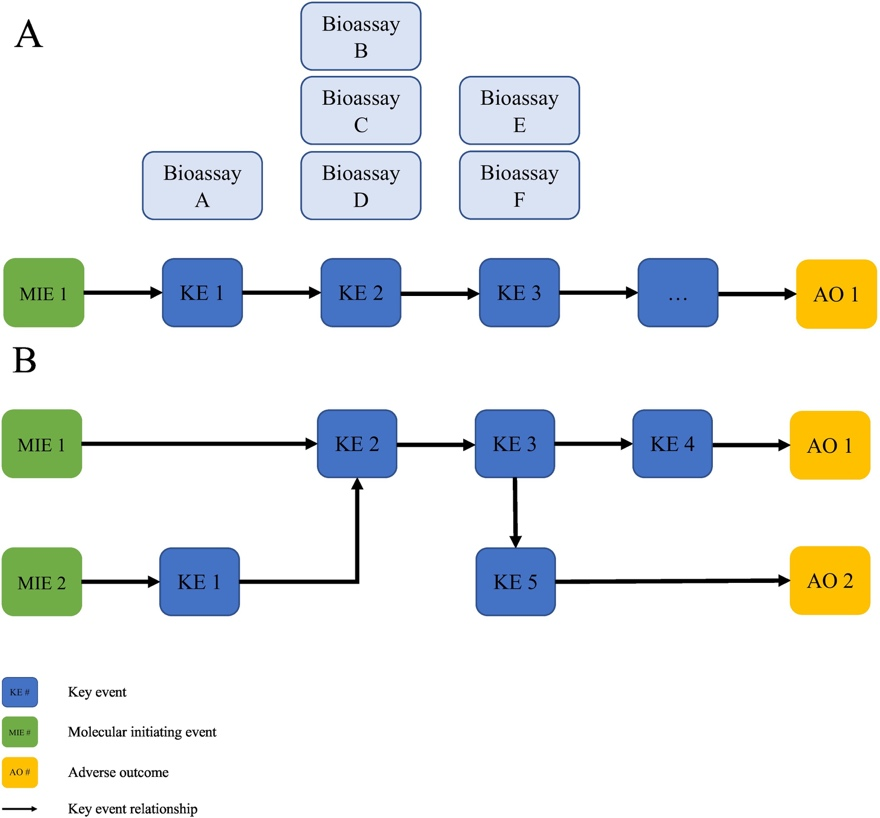
SmartNanoTox project networks was put as a Toxicological Sciences journal cover
Advancing Adverse Outcome Pathway (AOP) Development for Nanomaterial Risk Assessment
Save the dates! You are invited to two workshops: Advancing Adverse Outcome Pathway (AOP) Development for Nanomaterial Risk Assessment and PATROLS Stakeholders Workshop to be held on the 11-12 September 2019 at the OECD Conference Centre, Paris.
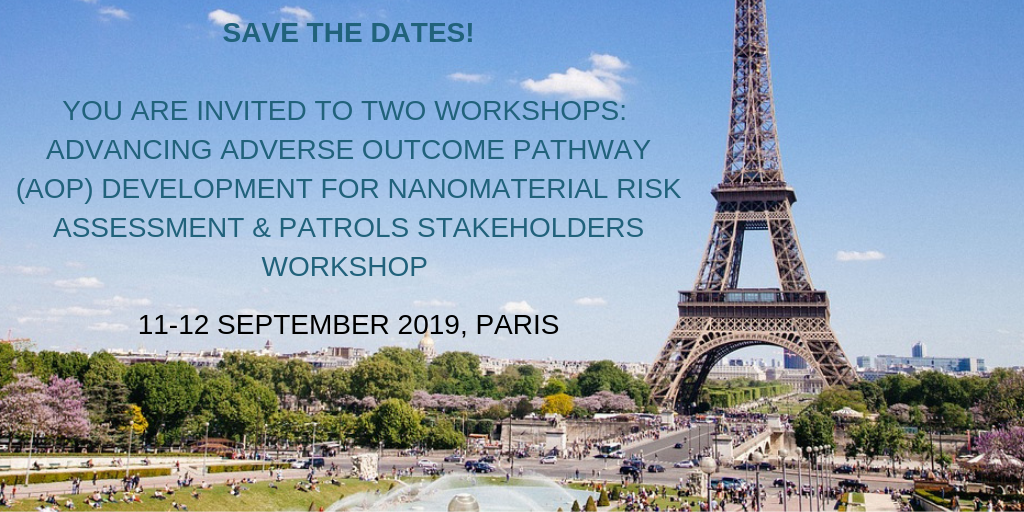
Sept 11: OECD Workshop jointly organized with EU H2020 projects SmartNanoTox and PATROLS
This workshop will bring together AOP and manufactured nanomaterials (MN[NG-N1] ) research, regulation and policy experts to discuss the use of Adverse Outcome Pathway (AOP) frameworks to support future NM risk assessment. It will include presentations and discussions on three related projects:
The OECD WPMN NanoAOP project aiming to develop an approach to advance the future development of AOPs for NMs using existing nanotoxicology literature;
The EU H2020 SmartNanoTox project, using in vivo, in vitro and in silico research to develop MN-relevant AOPs in the respiratory pathway; and
The EU H2020 PATROLS project, developing non-animal (in vitro) models and computational tools targeting the key events in established AOPs.
The workshop will include presentations and break-out discussions to disseminate and gain expert input on the results of these projects. Experts will comment on how outcomes from these three related projects can be used advance future AOP development to support decision making (e.g. grouping, categorization, read-across, and/or quantitative dose response relationships) and to derive regulatory oversight.
Sept 12: PATROLS Project Stakeholder Workshop
PATROLS (Physiologically Anchored Tools for Realistic nanOmateriaL hazard aSsessment) is holding a stakeholder workshop to present and discuss advanced methods and tools being developed within the project, which can also be used to support development of AOPs for nanomaterial hazard assessment.
The workshop will include presentations on advanced systems in the areas of: Ecotoxicology; In silico hazard testing systems; In vitro human tissue models; and characterisation in biological systems.
The aim of the workshop is to showcase and seek stakeholder feedback on tools being developed within PATROLS, and participants are encouraged to take an active role in our discussions.
Nano in Action – Nanosafety webinar
We are delighted to present the SmartNanoTox project as part of the Nanotechnology Industries Association latest webinar in the Nano in Action series on nanosafety.. The webinar tackled the latest research and support tools that will advance the development of safe materials. Hear more about SmartNanoTox as well as about several other H2020 projects. Dr Claire Skentelbery, Director General of NIA commented “it is excellent to see so many strong projects within nanosafety that can support successful development of novel materials and their applications”.
SmartNanoTox Project Meeting in March 2019 in Nancy, France
SmartNanoTox project meeting was organized on the 19th-22nd of March 2019 in Nancy, France. The meeting included fourty five participants involved in the project and five guests. Twenty five talks were presented during the meeting.
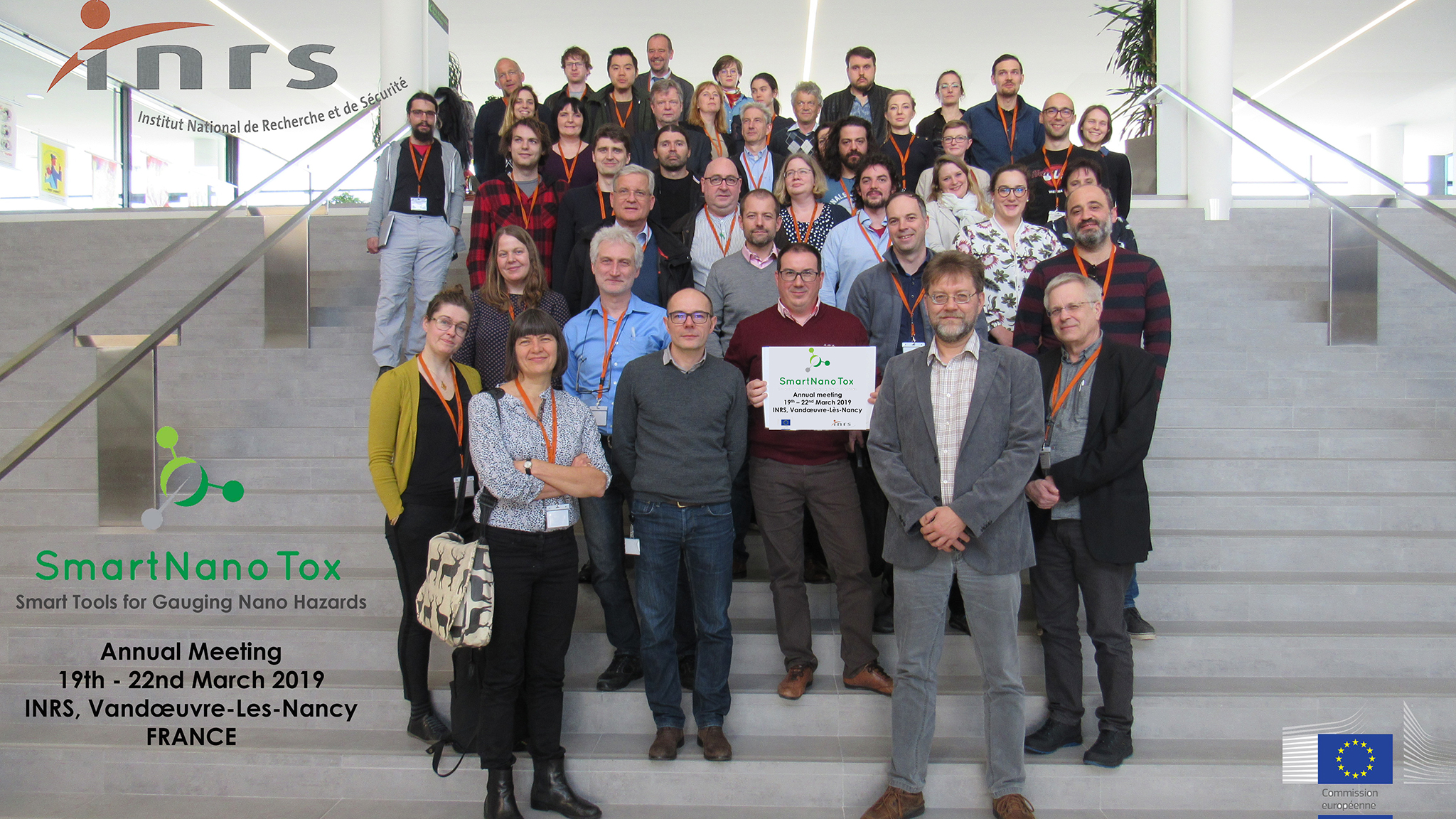
SmartNanoTox introduction webinar – 29 November 2018
SmartNanoTox hosted a webinar to introduce the project and focus on the AOP work undertaken as part of its core mission. Vladimir Lobaskin, project coordinator from UCD introduced the project, with its mission, key work and outcomes, before Ulla Vogel, from NRCWE presented research into AOPs which has resulted in successfully developed new AOPs for nanomaterial inhalation exposure.
Slides from the webinar can be downloaded from HERE and HERE. And the webinar recording is available HERE.
Webinars will also be undertaken in 2019, with the next meeting intended to focus on project modelling activities for potential stakeholders and in vitro methods development.
Exploring the Nano-World at Imperial College Festival 2018
SmartNanoTox project was highlighted during on the 28th and 29th of April this year.
Nanotechnology Industries Association
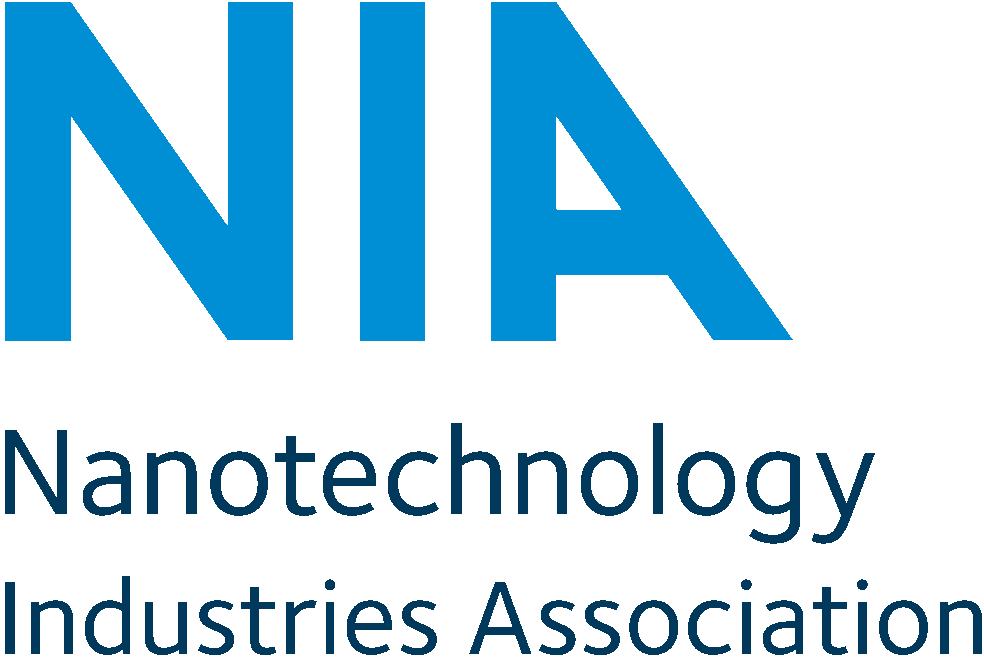
Five SmartNanoTox members (University College Dublin, Dassault Systemes Biovia Ltd., Vitrocell Systems, Finnish Institute of Occupational Health and Imperial College London) have joined the Nanotechnology Industries Association (NIA) to boost project exploitation and dissemination.
SmartNanoTox School and Combined Meeting in March 2018 Slovenia
SmartNanoTox satellite workshop/school on Advanced microscopy of nanomaterials and their interactions with living systems was organized in Ljubljana, Slovenia on the 19th and 20th of March 2018. The school comprised tutorials and hand-on training and was aimed at PhD students and Postdoctoral researches.
This project meeting followed the school on the 20th-23rd of March 2018 in Bohinj ECO Hotel, Slovenia. The meeting included thirty five participants involved in the project and five guests. Twenty five talks were presented during the meeting.
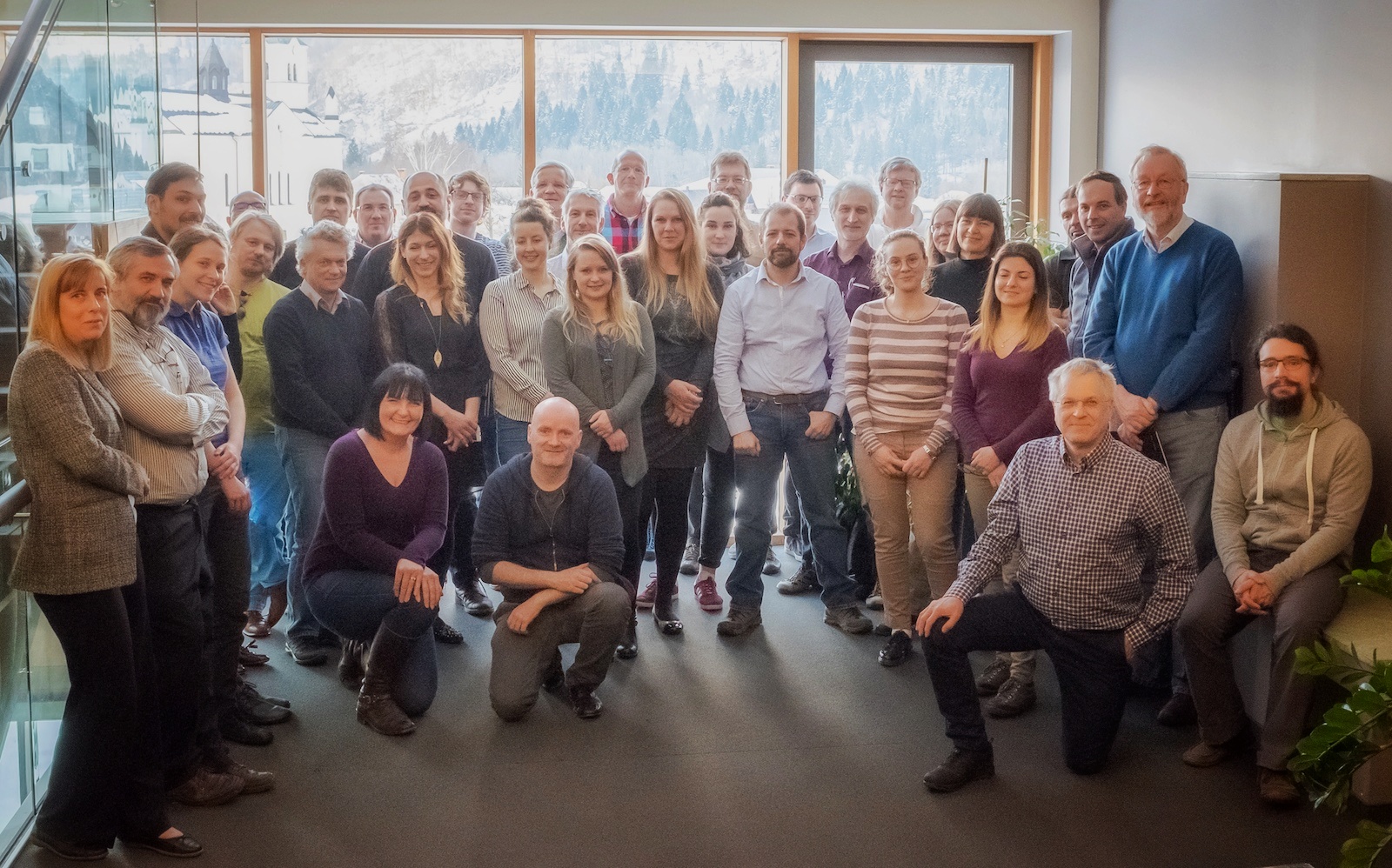
A two-year Post Doctoral position is vacant as of 1 December 2017, at University of Lorraine, Nancy, France.
The framework of this job is defined by the Smartnanotox project.
This project has received funding from the European Union’s Horizon 2020 research and innovation programme under grant agreement No. 686098. Our participation in the project is to assess the toxicity of nanomaterials in vitro by transcriptome studies. We address main respiratory toxicity pathways for a representative set of nanomaterials, in identifying the molecular initiating events, the key events and the adverse outcome of these pathways. These data will be related to the physicochemical properties of the nanoparticles and will be of help to modelize bio/nano interrelationship by in silicio modelling.
The successful candidate will develop co-culture on the air-lung interface (ALI) system developed by Vitrocell® to assess the toxicity of relevant nanomaterials for the consortium. The candidate will be involved in intensive interdisciplinary collaborations with the 10 partners of the project. The housing team is moving for a very attractive environment at UMR-CNRS 7198, Institut Jean Lamour, one of the most famous French and European la on material sciences.
Educational qualifications
The applicant should have a completed PhD in cell biology, or toxicology.
We are seeking candidates with a background in cell biology. Favored practical skills involve coculture, cell toxicity assays. Air-liquid interface cell exposure system knowledge is an asset. An excellent English language proficiency is mandatory.
Contact Dr Olivier Joubert olivier.joubert@univ-lorraine.fr
Main publications of the group:
- Elaboration of Sterically Stabilized Liposomes for S-Nitrosoglutathione Targeting to Macrophages. Diab R, Virriat AS, Ronzani C, Fontanay S, Grandemange S, Elaissari A, Foliguet B, Maincent P, Leroy P, Duvaj RE, Rihn BH, Joubert O. J Biomed Nanotechnol. 2016 Jan;12(1):217-30.
- Comment on “Protein Corona Fingerprinting Predicts the Cellular Interaction of Gold and Silver
Nanoparticles”. Rihn BH, Joubert O. ACS Nano. 2015 Jun 23;9(6):5634-5. doi: 10.1021/acsnano.5b00459. - Human monocyte response to S-nitrosoglutathione-loaded nanoparticles: uptake, viability, and
transcriptome. Safar R, Ronzani C, Diab R, Chevrier J, Bensoussan D, Grandemange S, Le Faou A, Rihn BH, Joubert O. Mol Pharm. 2015 Feb 2;12(2):554-61. doi: 10.1021/mp5006382. Epub 2015 Jan 14. - Drug delivery by polymeric nanoparticles induces autophagy in macrophages. Eidi H, Joubert O, Némos C, Grandemange S, Mograbi B, Foliguet B, Tournebize J, Maincent P, Le Faou A, Aboukhamis I, Rihn BH. Int J Pharm. 2012 Jan 17;422(1-2):495-503. doi: 10.1016/j.ijpharm.2011.11.020. Epub 2011 Nov 22.

